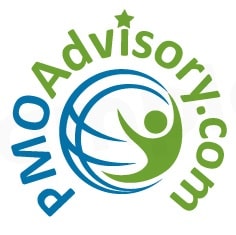Product quality affects consumers spending patterns. Therefore an organization-wide effort needs to be made in order to deliver great products/customer experiences and gain a competitive advantage. Most often the customers do not care how organizations coordinate their processes.
Communication with market influencers and customers is extremely important in delivering great products. ‘Truly’ satisfying customers is indeed a great challenge especially when they may not know exactly what they want but the rewards of gaining their affection can be great. Who better to help assess what products are wanted in the market and how they want it than the consumers themselves. This communication helps organizations to make better products by helping them figure out what customers really want/don’t want in a product. It helps in the formulating strategy as well as guiding implementation and execution. Early feedback about the product during the product development cycle helps to improve the quality.
Generally, the more complex the product, the more complex the organization has to be as well. Nonetheless, in order to deliver great products, all departments are expected to work together. Each aspect of the company will view their areas of expertise differently and more importantly than the next. But this can be quite useful since this internal complexity can result in a product which thrives in multiple areas. For organizations to achieve this alignment, communication is the key. Concurrently, to meet the rise in consumers’ expectations and demands, organizations’ product release cycles have become shorter which further increases the need to effectively communicate. The advancement of communication tools makes global communication much easier for organizations with multiple locations and/or global stakeholders. According to a Forrester Consulting study, 30% businesses have multiple building sites with a 7 hour or greater difference in time zone.
The process of customer interaction in modern product delivery can be complicated. However accurate and timely information will assist in increasing the quality/value of the output. But first, the salesperson and the customers should both understand the product being marketed.
Occasionally there may be delays in release which may stem from:
· Strategy alignment issues,
· Poor communication,
· Inability to make decisions at the right times.
· Misunderstandings about goals.
For the best strategy in modern product delivery, organizations should be open to changes and build trust both internally and externally by building cooperation across the organizational groups.
The State of Modern Product Delivery by Forrester Consulting
